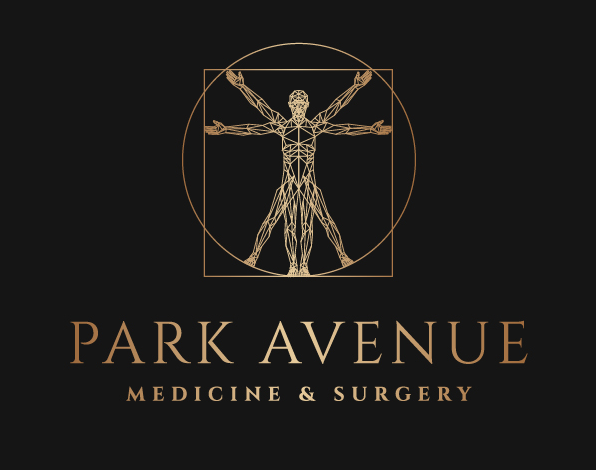Your Brain and Your Pain on Yoga
It is no surprise that yoga is good for you. Whether it’s in a medical journal or on the Today show, yoga has become a popular exercise made accessible by a variety of media outlets. As humans, we strive to feel good––it’s in our nature. But just what is it about stretching and putting ourselves into pretzel-shapes that makes us feel better? And how might people experiencing chronic pain find peace and healing with this practice?
The answer might be more biological than you think. Much like how the body changes throughout postures and poses, the brain also changes as an effect of yoga. According to Dr. Catherine Bushnell, scientific director of the National Center for Complementary and Integrative Health at the U.S. National Institutes of Health, yoga may have longer-term benefits than simply feeling better. Dr. Bushnell and her colleagues have found that practicing yoga helps offset the effects of age-related decreases in gray matter volume in the brain. This means that cognitive attention as well as memory can be strengthened. More importantly, decreases in gray matter volume also relate to increases in white matter tracts. As a result, increased connectivity in white matter may help develop the insular cortex, causing a higher pain tolerance. For patients experiencing chronic pain conditions, there might be hope in strengthening the mind and body through yoga.
But it’s not just pain that can be managed; yoga might impact other areas of the brain and body which facilitate movement and cause relaxation. Studies have found that knee osteoporosis, for example, may be helped with the powerful effects of yoga. Other studies have shown benefits of yoga on cancer pain treatment. According to a 2016 study in Australia on elderly patients with knee pain, yoga helped in not only reducing pain but also by increasing range of motion. By expanding the areas of the body which often feel tense and tight, yoga allows the body to open up. Therefore, patients struggling with chronic pain might be able to both alleviate pain and experience more alertness and physical fitness which can serve as preventative measures of controlling future pain.
Take a pose such as child’s pose, where the body rests along the floor with the forehead on the mat and the hips resting on the heels. This pose, considered to be restorative, is accessible for most bodies and can place the mind in a state of relaxation. From the state of relaxation, it’s possible to relax the ligaments and joints between the hips as well as to support the spine like a shelf. For patients with lower back pain, gentle poses like child’s pose (balasana in Sanskrit) can heal tender areas of the body. It is important to remember that yoga is not about being a contortionist or a gymnast––for some it is as simple as breathing in and out of the mouth and taking time to notice how the body is feeling.
Still not convinced that yoga is for you? There may be alternative exercises that you can try out even if you don’t like stretching. A 2015 study which looked at the benefits of alternative pain management practices found that physical activity in general can help. This study looked at the effects of walking and stretching for heart failure patients with chronic pain. Those who implemented alternative pain management strategies such as stretching experienced lower levels of chronic non-cardiac pain. It is therefore useful for doctors to know that yoga can be used as an additive medicine which strengthens, rather than replaces. The term “alternative” medicine therefore may be a misnomer; many patients taking medication should not be advised to stop taking their medicine and start doing yoga. Rather, the mental and physical benefits of physical practice might help the process of recovery and healing. Doctors and patients who consider implementing the practice of yoga should also consider the importance of mindfulness. Pushing the body into difficult and constricting poses may cause pain rather than prevent it and it is important to always listen to what your body is telling you.
References:
https://www.psychologytoday.com/blog/the-athletes-way/201505/how-does-yoga-relieve-chronic-pain
Field, T. "Complementary Therapies in Clinical Practice 2016: Knee osteoarthritis pain in the elderly can be reduced by massage therapy, yoga and tai chi: A review." Journal of the Australian Traditional-Medicine Society, vol. 22, no. 1, 2016, p. 44. Academic OneFile.
Syrjala, K. L., Jensen, M. P., Mendoza, M. E., Yi, J. C., Fisher, H. M., & Keefe, F. J. (2014). Psychological and behavioral approaches to cancer pain management. Journal of clinical oncology, 32(16), 1703-1711.
McDonald, D. D., Soutar, C., Chan, M. A., & Afriyie, A. (2015). A closer look: alternative pain management practices by heart failure patients with chronic pain. Heart & Lung: The Journal of Acute and Critical Care, 44(5), 395-399.



